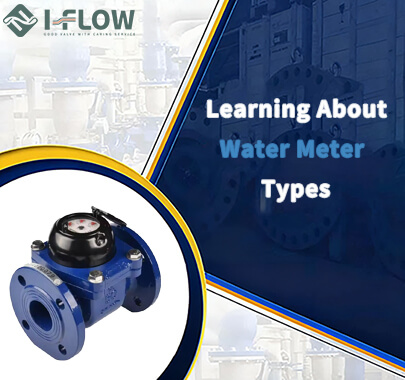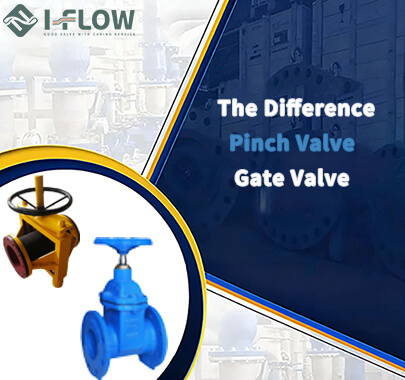1. Sealing and Leakage Issues
Common Problems:
Low-Pressure Sealing Inadequacy: At low pressures, the disc may not press firmly enough against the seat, resulting in small leaks.
Seat Material Deterioration: Continuous exposure to high temperatures, chemicals, or abrasive media can cause the soft seat to degrade over time. This erosion can lead to inconsistent sealing or failure.
Debris Trapping: Particles can become lodged between the disc and seat, causing uneven wear and potential leakage points.
Solutions:
Material Selection: Use seat materials like PTFE for chemical resistance or reinforced rubber (EPDM) for better flexibility. Metal-seated butterfly valves are preferred in high-temperature or abrasive environments.
Regular Inspection: Periodic inspection and replacement of worn seats prevent small leaks from becoming larger issues.
Self-Cleaning Designs: Opt for butterfly valves with a self-cleaning or scouring action that reduces debris accumulation.
2. Limited Throttling Capability
Common Problems:
Turbulence and Vibration: Partial openings create high-speed flow around the disc, generating vibration and noise.
Erosion from Cavitation: In throttling positions, cavitation can form near the valve seat, gradually eroding the disc and internal valve surfaces.
Flow Instability: Butterfly valves have a nonlinear flow characteristic, which can make controlling the flow rate challenging in sensitive applications.
Solutions:
Application Suitability: Use globe or control valves for precise flow modulation, as they are specifically designed for throttling.
High-Performance Butterfly Valves: In cases where throttling is unavoidable, use double-offset or triple-offset butterfly valves that reduce turbulence and withstand cavitation better.
Reduced Operating Range: Limit throttling to a narrower range (e.g., between 30% and 70% open) to minimize turbulence while maintaining operational efficiency.
3. Disc Obstruction and Pressure Drop
Common Problems:
Reduced Flow Capacity: The presence of the disc in the flow path can limit the valve’s capacity, affecting overall system efficiency.
Increased Energy Consumption: Systems need to work harder to compensate for the pressure drop, increasing operational costs.
Solutions:
Valve Sizing: Ensure proper valve sizing to minimize pressure loss while accommodating flow needs.
Offset Designs: Double-offset and triple-offset butterfly valves reduce disc interference in the flow path, minimizing pressure drops and improving flow efficiency.
4. High Torque Requirements
Common Problems:
Operational Fatigue: Manual operation of large butterfly valves can be physically demanding and inefficient.
Actuator Strain: Actuators used for automated operation may wear out faster under high torque conditions.
Sticking or Binding: Over time, the disc may stick due to residue buildup or corrosion, further increasing the required torque.
Solutions:
Actuator Support: Use electric, pneumatic, or hydraulic actuators to ease manual effort and ensure smooth operation.
Maintenance: Regular lubrication of valve stems and cleaning around the disc can prevent sticking and lower torque requirements.
Gear-Operated Valves: Gearboxes can provide mechanical advantage, reducing the effort needed to operate large butterfly valves.
5. Cavitation and Vibration
Common Problems:
Erosion Damage: Cavitation leads to pitting and erosion of the disc and seat.
Vibration and Noise: Cavitation can produce loud vibrations, affecting the surrounding pipeline and reducing the lifespan of connected equipment.
Solutions:
Slow Closure: Gradual closing of the valve reduces sudden pressure changes that lead to cavitation.
Pressure Control: Use pressure-reducing valves upstream to manage flow pressure and minimize cavitation risk.
Valve Design: Triple-offset butterfly valves are designed to reduce cavitation and better withstand turbulent conditions.
6. Erosion and Corrosion
Common Problems:
Chemical Attack: Corrosive fluids can degrade valve components over time.
Abrasive Wear: In slurry or sediment-filled applications, abrasive particles wear down the disc and seat.
Solutions:
Material Upgrade: Use stainless steel, bronze, or PTFE-lined valves for corrosion resistance.
Protective Coatings: Apply special coatings to the valve body and disc to resist chemical or abrasive wear.
7. Temperature Limitations
Common Problems:
Thermal Expansion: High temperatures can cause seat deformation, leading to leaks.
Brittleness at Low Temperatures: Cold environments may cause seat materials to crack or become rigid.
Solutions:
Metal-Seated Valves: Use metal-seated butterfly valves for high-temperature environments.
Insulation and Heat Tracing: Protect valves from extreme temperatures by insulating the pipeline.
8. Potential for Water Hammer
Common Problems:
Pressure Surges: Sudden valve closure leads to sharp pressure spikes.
Pipeline Damage: Water hammer can rupture pipelines and cause valve seal failures.
Solutions:
Slow-Closing Actuators: Use actuators with dampening features to reduce the speed of closure.
Pressure Relief Systems: Install bypass valves to release excess pressure and prevent surges.

.png)
 en |
en |














